Search Images
Browse Content (p. 1105)

Image
Henry, Duke of Lancaster
A portrait of Henry, Duke of Lancaster (c. 1310-1361 CE) wearing the robes of the chivalric order, the Most Noble Order of the Garter. From the 15th century CE Garter Book by William Bruge. (British Library, London)
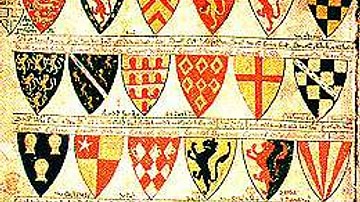
Image
13th Century CE Roll of Arms
The oldest known English roll of arms, dating to c. 1244 CE. It is a single sheet painted on both sides by Mathew Paris and showing 75 coats of arms starting with the king’s. (British Library, London)
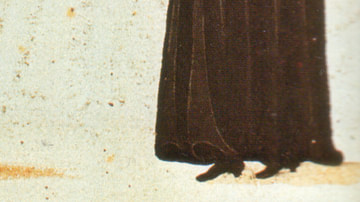
Image
Herald of Arms
An illustration of a royal herald of arms bearing the helm and crest of Elisabeth I of England (r. 1558-1603 CE) during her funeral in 1603 CE. The figure is wearing the tabard typical of heralds since medieval times and which bears the royal...

Image
The Behistun Inscription
Darius I's (c. 550-486 BCE) trilingual inscription, in Akkadian or Babylonian, Elamite, and old Persian, carved on the Behistun rock relief from the village of the same name.
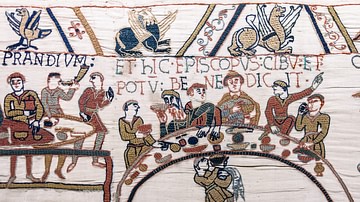
Image
Feast of William the Conqueror
A scene from the 11th century CE Bayeux Tapestry showing the celebratory feast of William the Conqueror after the Battle of Hastings in 1066 CE. In the centre is Odo, Bishop of Bayeux and probable patron of the tapestry. (Centre Guillaume...
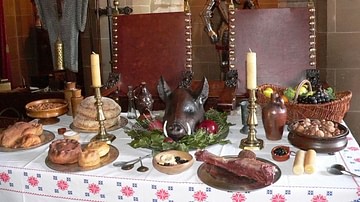
Image
Medieval Dinner Table
A reconstruction of a typical medieval castle dinner table. Warwick Castle, U.K.
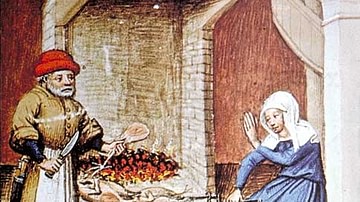
Image
Medieval Cooking Scene
A scene showing meat being cooked on a spit in a medieval kitchen. From The Decameron, Flanders, 1432 CE. (Biblioteque Nationale, Paris)
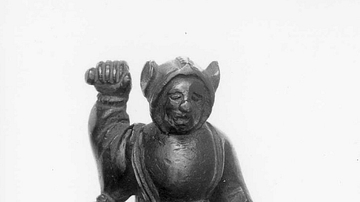
Image
Medieval Jester
A bronze statuette of a medieval jester. Height: 10.5 cm. (British Museum, London)

Image
Nea Moni, Chios
Nea Moni, on the island of Chios was built by Emperor Constantine IX and Empress Zoe in the 11th century CE.
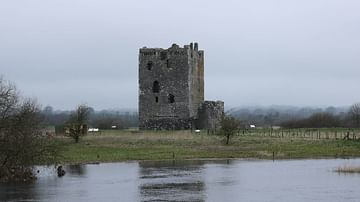
Image
Threave Castle
Located on Threave Island, on the River Dee, in Southwestern Scotland, Threave Castle was built in the late 14th century CE by Archibald Douglas ("the Grim"). It served as the Douglas stronghold until 1455 CE.